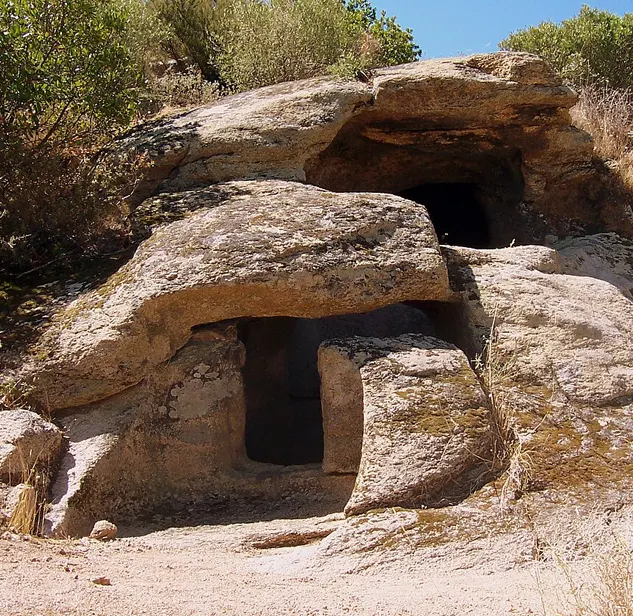The Domus de Janas become a UNESCO World Heritage Site
A new reason to discover Sardinia
A new and extraordinary international recognition has turned the spotlight on one of Sardinia’s most fascinating treasures: the Domus de Janas, whose name in Sardinian literally means “fairy houses,” have officially been inscribed as a UNESCO World Heritage Site.
This achievement acknowledges not only the archaeological and symbolic value of these prehistoric monuments carved into rock, but also the deep connection Sardinia has with its most ancient past. For travelers, it’s an invitation to look beyond postcard beaches and follow paths filled with mystery, spirituality, and timeless beauty.
📷 Picture: Marcello Seddaiu / Wikimedia Commons – Domus de janas of Pottu Codinu (CC BY-SA 4.0)
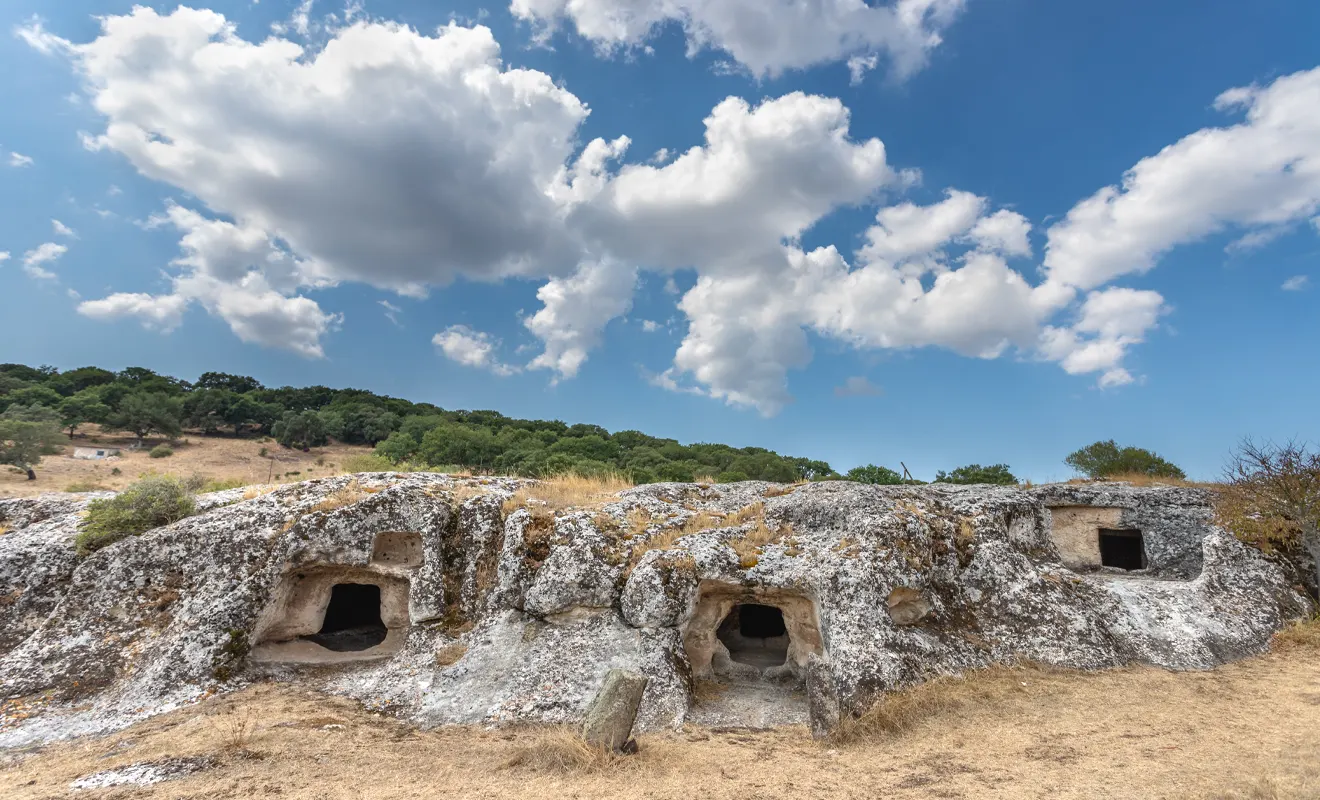
What are the Domus de Janas?
The Domus de Janas are rock-cut tombs dating back to the Neolithic and Chalcolithic periods. Found across Sardinia, especially in the central and northern areas, there are over 3,000 of them, some decorated with symbols and carvings related to the spiritual world of the pre-Nuragic peoples.
They are true underground architectures, masterfully crafted, telling stories of rituals, worship, and connection with nature. The name “fairy houses” stems from popular legend, as it was once believed these tombs were inhabited by magical beings guarding the past.
There are notable similarities between the Domus de Janas and other prehistoric hypogea in the Mediterranean, such as the Maltese hypogea or the rock-cut tombs found in Sicily and Spain.
Where are they located?
The Domus de Janas are scattered throughout Sardinia, with a higher concentration in the central-northern part of the island. These ancient burial sites are often located in hilly or mountainous areas, carved into easily workable rock like basalt and limestone.
The most accessible and well-known sites are in the areas of Alghero, Porto Torres, Bonorva, Castelsardo, and Sassari, though many others are hidden in more remote places like Sedilo, Mamoiada, and Villaperuccio.
Their widespread distribution highlights how sacred these places were to pre-Nuragic communities as spaces for connecting with their ancestors. Today, many of these sites can be visited and represent essential stops for those wishing to explore the island’s most authentic and historical side.
📷 Picture: TDenau / Wikimedia Commons – Domus de Janas Sedini (CC BY-SA 4.0)
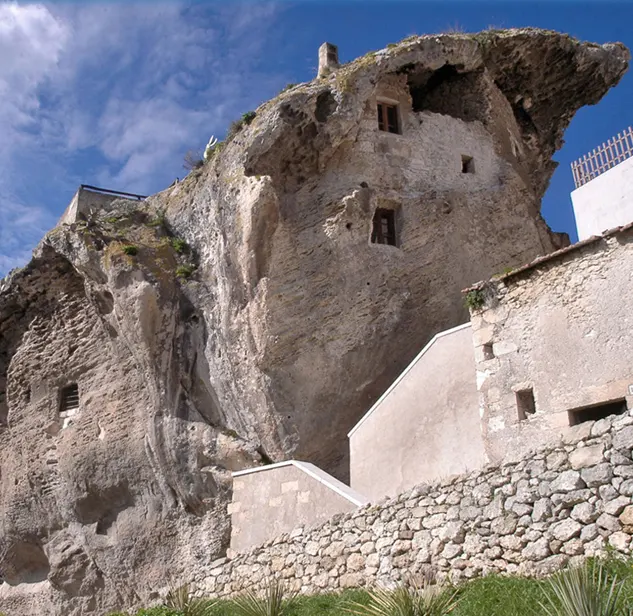
Artifacts found in the Domus de Janas
The Domus de Janas are not only impressive rock carvings—they’ve also yielded remarkable burial artifacts and items that tell us about the daily life, beliefs, and craftsmanship of prehistoric Sardinian communities. Archaeologists have found human remains, often carefully arranged in ritual fashion, along with decorated ceramic vessels, necklaces, bracelets, obsidian tools, and everyday objects.
These discoveries offer a vivid snapshot of life in ancient times and suggest that burial was not a simple farewell, but a sacred rite of passage: a preparation for the journey to the afterlife. Each object likely had symbolic meaning, and their placement beside the deceased reflects a deeply spiritual understanding of life and death.
Janas (fairies): between myth and memory
Around the Domus de Janas, popular imagination has woven a rich web of oral legends and folklore. In many Sardinian communities, these prehistoric tombs are thought to be the homes of the janas, magical beings akin to fairies or mysterious little women, often described as weavers, guardians of treasure, or benevolent spirits, though sometimes vengeful when disturbed.
For example, in the Bonorva area, tales say that janas live in caves where they weave golden cloths, and those lucky enough to see them will be granted great fortune provided they never reveal the secret. These stories, though created centuries after the tombs themselves, preserve a powerful link between the past and Sardinia’s living memory.
📷 Picture: Mauro Mereu / Wikimedia Commons – Domus de janas Lotzorai (CC BY-SA 4.0)
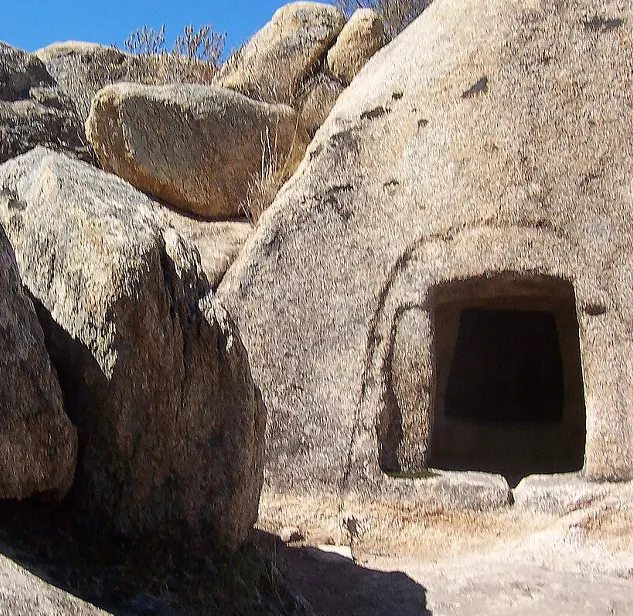
A new reason to visit Sardinia: the best Domus de Janas
With UNESCO recognition, several of the most striking Domus de Janas sites are now officially protected and globally recognized. Among them:
- Anghelu Ruju (Alghero)
- S’Incantu (Putifigari)
- Su Crucifissu Mannu (Porto Torres)
- Sant’Andrea Priu (Bonorva)
- Montessu (Villaperuccio)
…and many others, all surrounded by landscapes where nature and archaeology meet.
These sites are ideal stops for creating cultural itineraries in the heart of Sardinia, far from mass tourism but rich in authenticity. The Domus de Janas in Sardinia are many and diverse, and the “best” title often depends on personal taste: some may be drawn to the grandeur of a famous necropolis, while others prefer the hidden charm of a small, isolated tomb nestled in untouched nature.
This is exactly the kind of experience Ichnusa Lines seeks to promote: helping travelers discover the island through meaningful and unforgettable journeys.
📷 Picture: Madpack / Wikimedia Commons – Domus de janas in Oniferi (CC BY-SA 4.0)
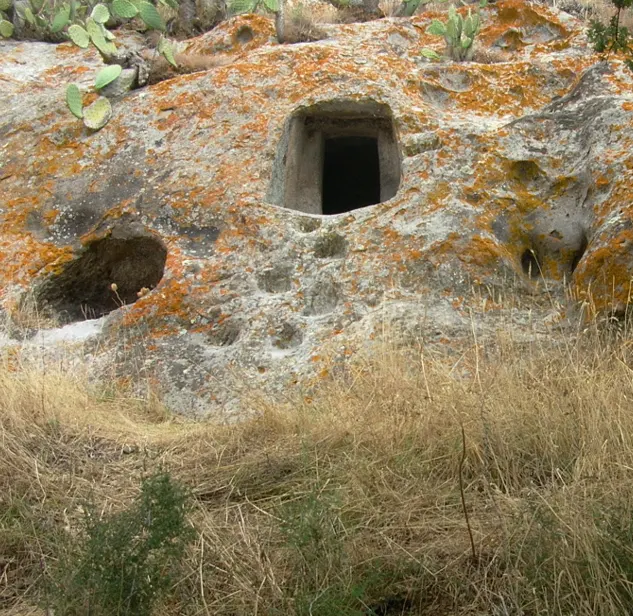
Traveling with Ichnusa Lines: the gateway to a unique heritage
Ichnusa Lines ferries connect Corsica and Sardinia daily, offering an ideal route not only for those seeking sun and sea, but also for those interested in exploring the island’s deep cultural roots. Landing in Santa Teresa Gallura, for instance, puts you within easy reach of many archaeological sites, accessible by car or guided tours.
With flexible schedules, vehicle-friendly boarding (cars, campers, motorbikes), and the charm of sea travel, Ichnusa Lines is the best way to begin an adventure blending myth and reality.
Sustainable tourism with an eye to the future
Celebrating the Domus de Janas also means promoting a more conscious form of tourism, one that respects history and the land. Visiting these sites is an opportunity to support local communities, discover enduring traditions, and contribute to the preservation of a truly unique heritage.
If you’re planning your next trip to Sardinia, make sure to include a visit to one of these extraordinary sites. It’s a chance to connect with the island’s most ancient soul: through silence, stone, and legend.
📷 Foto: Mauro Mereu / Wikimedia Commons – A domus de Janas in the Pre-Nuragic Necropolis of Lotzorai (Og) (CC BY-SA 4.0)
